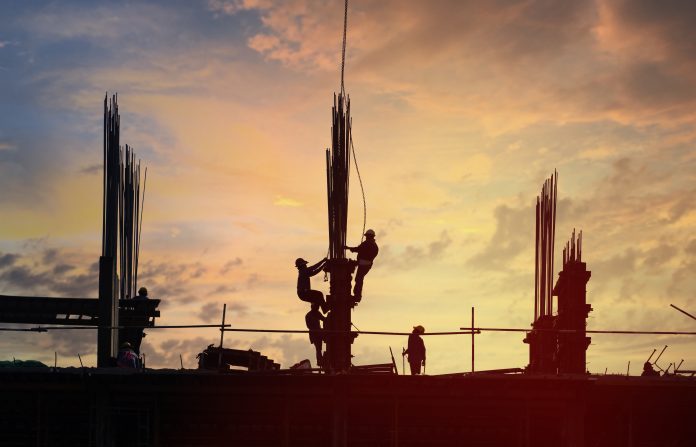Construction growth eased to a three-month low and new orders expanded at a relatively subdued pace, according to the latest UK construction PMI
Despite the slow pace experienced within construction growth, civil engineering sustained a rebound in activity, rising at its fastest pace since May 2017.
The degree of confidence in the industry was the highest since last April and well above the near six-year low seen in October. Survey respondents cited hopes of a boost in construction growth from work on big-ticket transport and energy infrastructure projects in 2019.
At 52.8 in December, down from 53.4 in November, the headline seasonally adjusted IHS Markit/CIPS UK Construction Total Activity Index posted above the crucial 50.0 no-change value for the ninth consecutive month. However, the latest reading signalled only a modest rate of expansion that was the slowest seen since September.
Tim Moore, Economics Associate Director at IHS Markit added: “Civil engineering was the stand-out area of construction growth in December, with activity rising at the fastest pace since May 2017.”
Anecdotal evidence suggested that subdued demand conditions were the main factor behind softer output growth in December. The slowdown in construction growth largely reflected softer rises in commercial and housing activity during December.
Commercial building was the worst performing category, with activity expanding at the slowest rate since last May. Although total new business volumes picked up for the seventh successive month, the rate of expansion eased since November and remained only modest.
A solid rise in employment numbers was recorded across the construction sector in December. However, the rate of job creation eased from November’s near three-year peak. Some firms noted that efforts to reduce costs had led to the non-replacement of voluntary leavers at the end of the year.
Subcontractor usage picked up, with the rate of expansion the strongest since December 2015. There were some positive signs for construction supply chains, with delivery times for materials lengthening to the least marked extent for over two years.














